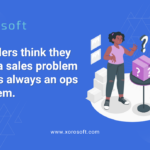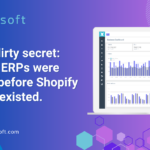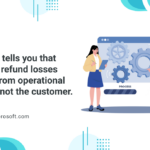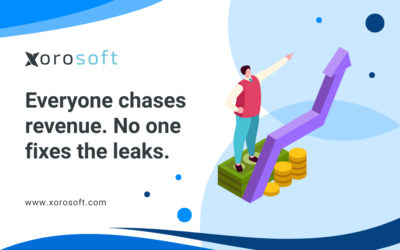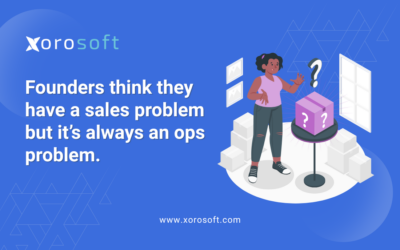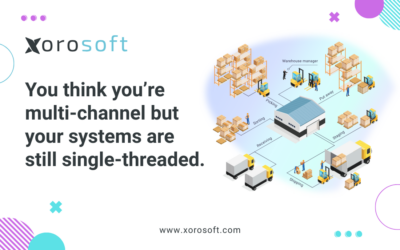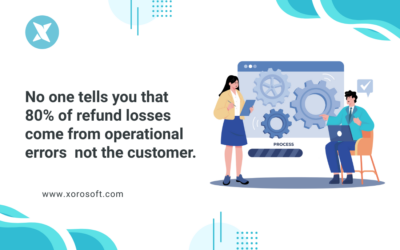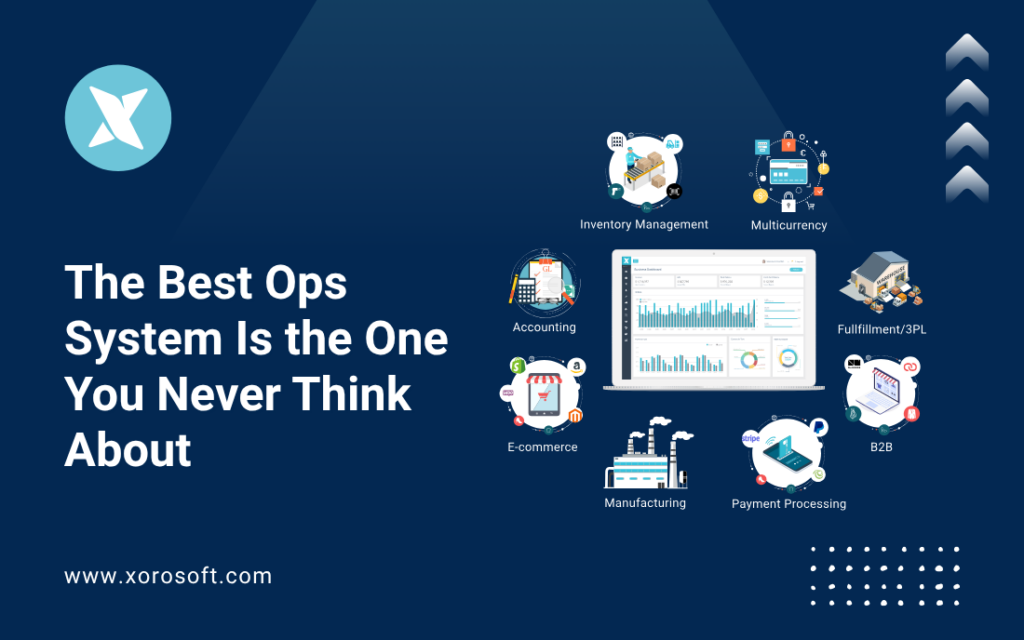
Why Founders Dream of Invisible Operations
Every founder dreams of the day when their operations system runs so smoothly that they don’t even notice it.
There are no late-night texts about missing SKUs. Moreover, you don’t need spreadsheets patched together to chase inventory. And urgent calls to the warehouse before a product drop become a thing of the past.
Instead, there’s just the quiet hum of a business that delivers on time, every time—while leaders stay focused on building the brand.
In other words, the best operations system isn’t the one with the flashiest dashboards. It’s the one you rarely think about because it simply works in the background.
The Desire to Focus Fully on Brand Growth
For most leaders, the real goal isn’t to become experts in logistics or accounting.
Instead, the desire is to free up every possible hour for growth: launching new products, strengthening customer relationships, expanding into new markets, and refining the brand story.
However, hidden frictions keep pulling them back into operations:
-
Multiple systems that don’t talk to each other
-
Inventory overselling during promotions
-
Delays in financial visibility, especially cash conversion
-
High error rates in fulfillment and returns
-
Team burnout from endless manual fixes
As a result, when operations steal time, energy, and focus, growth slows.
When Operations Steal the Spotlight
If your operations system is constantly visible, it usually means something is breaking.
For example:
-
Disconnected systems: Shopify, Amazon, 3PLs, and accounting don’t sync, so errors multiply.
-
Data lag: Leaders make today’s decisions using yesterday’s numbers.
-
Complexity outpaces headcount: Growth amplifies problems faster than teams can scale.
-
Manual workarounds: Spreadsheets and quick fixes patch short-term gaps but create long-term fragility.
Moreover, these pain points don’t just drain time. They also chip away at customer experience and margins—two things no brand can afford to compromise.
How One DTC Brand Transformed Its Operations System
Before: A $20M DTC brand relied on Shopify, NetSuite, and spreadsheets. During promotions, oversells spiked, leading to 6% canceled orders. Finance lagged two weeks behind in reporting, leaving leadership blind to real-time margins.
After adopting Xorosoft ERP: Inventory, fulfillment, and accounting were unified in one operations system. As a result, pick accuracy rose to 99.7%. Order cycle times dropped from 72 hours to 18 hours. Finance gained daily visibility into margins and cash flow.
Result: The COO reclaimed 10 hours per week that were once spent chasing down ops fires and redirected that time toward launching a wholesale channel.
Six Steps to Build an Operations System That Runs Silently
Invisible ops don’t happen overnight. However, a clear playbook helps you get there faster.
1. Unify Inventory Across Channels
- Goal: Create a single source of truth.
- Action: Connect Shopify, Amazon, warehouses, and wholesale in one operations system.
- Metric: 100% SKU sync across all channels.
2. Automate Replenishment Before Stockouts Happen
- Goal: Balance availability and working capital.
- Action: Set forecasting rules and reorder alerts.
- Metric: Out-of-stock events reduced by 40%.
3. Streamline Fulfillment With Precision
- Goal: Faster, error-free picking and packing.
- Action: Deploy barcode scanning and mobile warehouse tools.
- Metric: Pick accuracy above 99%.
4. Connect Finance to Real-Time Operations
- Goal: Eliminate reporting lag.
- Action: Link accounting directly to orders, invoices, and COGS.
- Metric: Teams can now close books in days instead of weeks.
5. Standardize Workflows to Reduce Reliance on Individuals
- Goal: Remove “hero employees” from being the only fixers.
- Action: Document and enforce SOPs in the operations software.
- Metric: Ops escalations cut by 25%.
6. Enable Multi-Channel Growth Without Adding Chaos
- Goal: Scale new channels quickly.
- Action: Use native integrations with Shopify, Amazon, and wholesale portals.
- Metric: Launch new sales channels in days instead of months.
A Practical One-Week Implementation Timeline
Implementing a modern operations system doesn’t have to be overwhelming. In fact, many brands roll it out in just a week.
-
Day 1–2: Map systems, bottlenecks, and baseline metrics.
-
Day 3: Connect Shopify, Amazon, and warehouse into the ERP.
-
Day 4: Import SKUs, set reorder points, and configure workflows.
-
Day 5: Train the warehouse team on barcode scanning.
-
Day 6: Sync accounting and automate reporting dashboards.
-
Day 7: Run test orders, track pick accuracy, cycle time, and reconciliation speed.
By the end of week one, leadership sees operational data flowing in real time. More importantly, they gain the confidence that their operations system is running quietly in the background.
Questions Leaders Ask Before Making the Switch
Will I need a large IT team?
No. Cloud-native ERPs like Xorosoft are built for non-technical ops teams.
Will my Shopify store slow down?
Not at all. Integration happens in the background without affecting store performance.
What if we already use a 3PL?
Xorosoft connects directly to 3PL systems, so you maintain visibility without extra steps.
When will we see ROI?
Most brands see measurable improvements in accuracy, reporting speed, and reduced manual work within the first 30 days.
Build an Operations System That Lets Your Brand Shine
Operations should never be the loudest part of your business.
The right operations system runs quietly in the background—while your team stays focused on growth.
With Xorosoft ERP, you can unify inventory, fulfillment, and accounting in one seamless platform.

